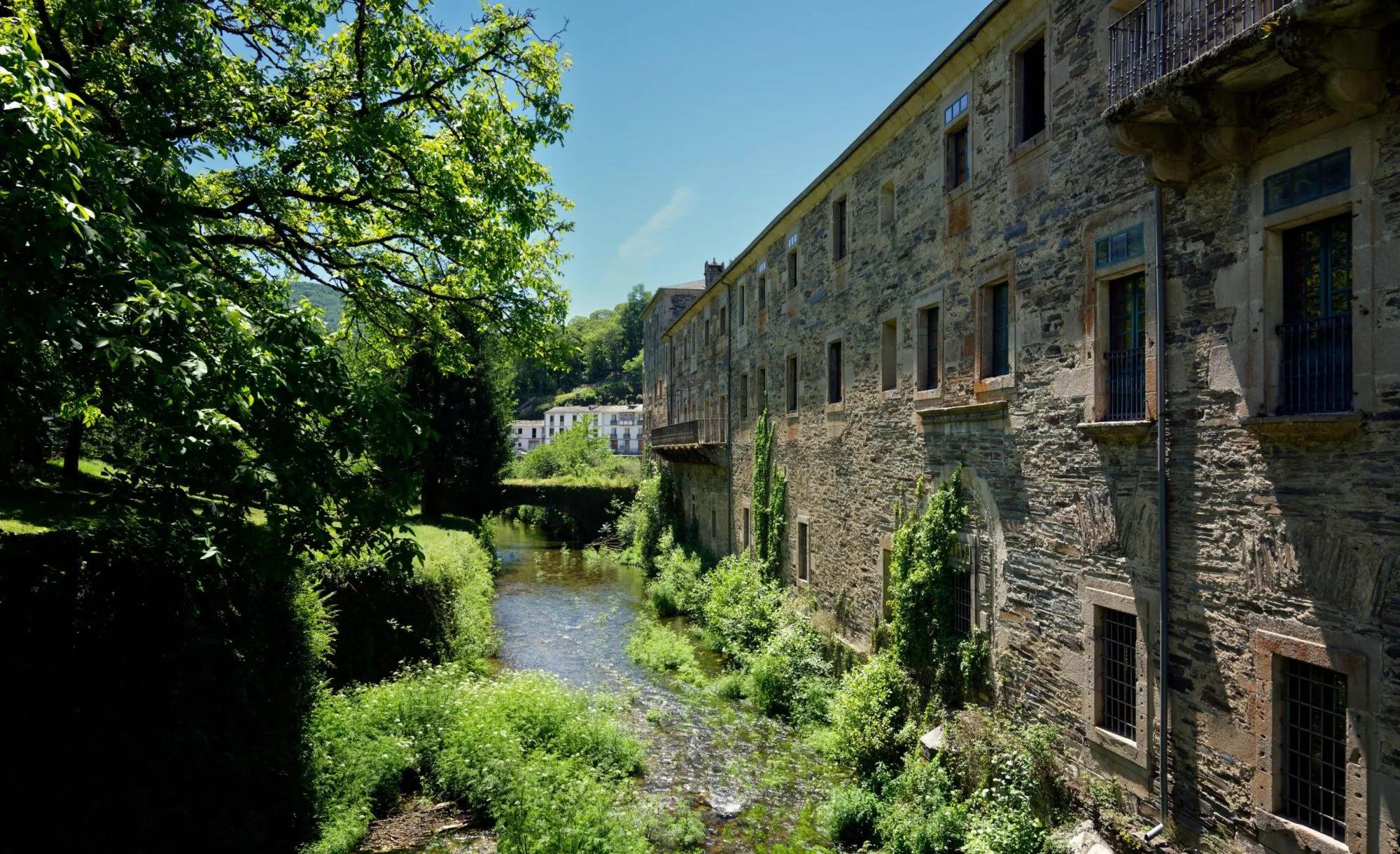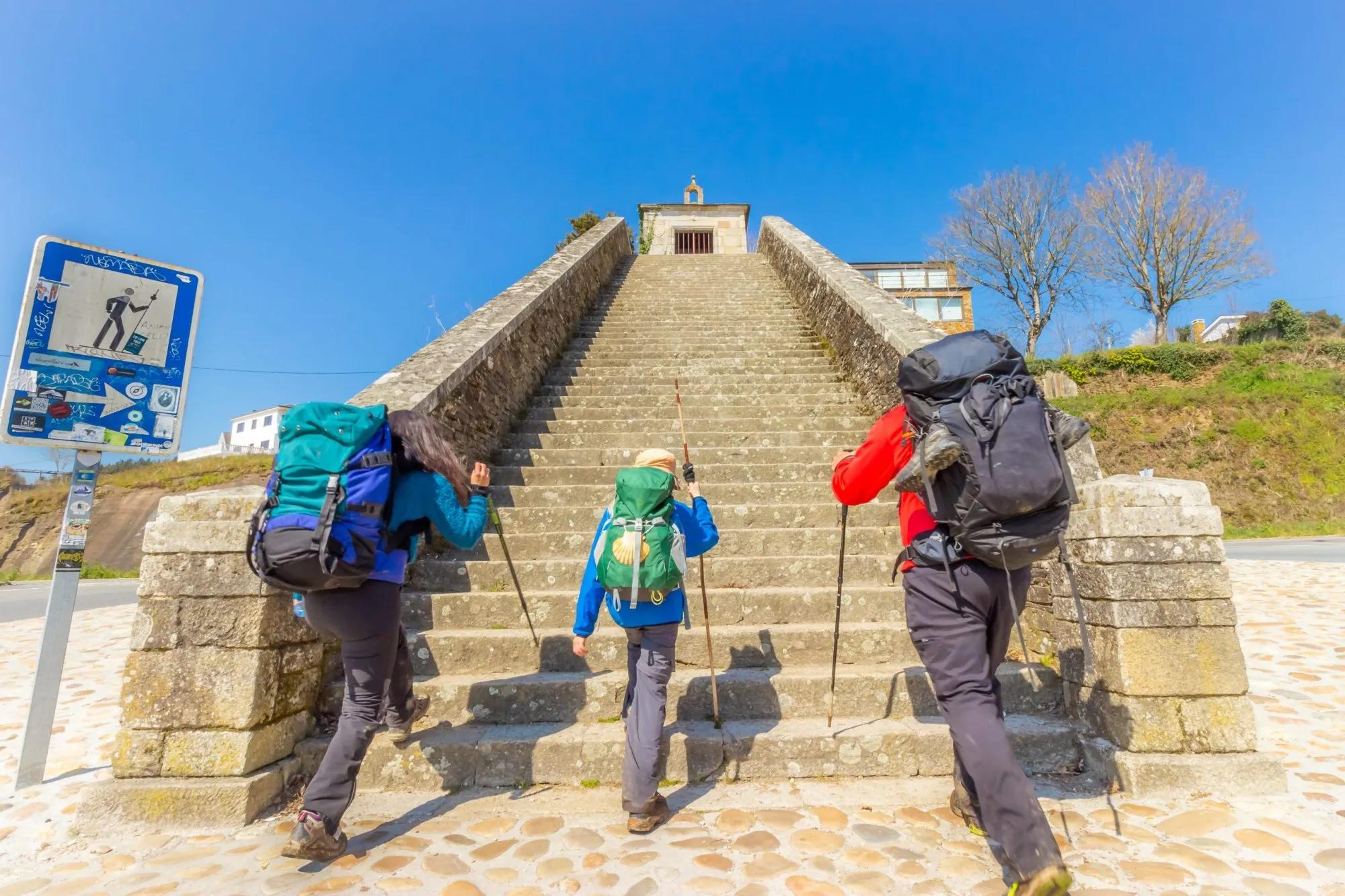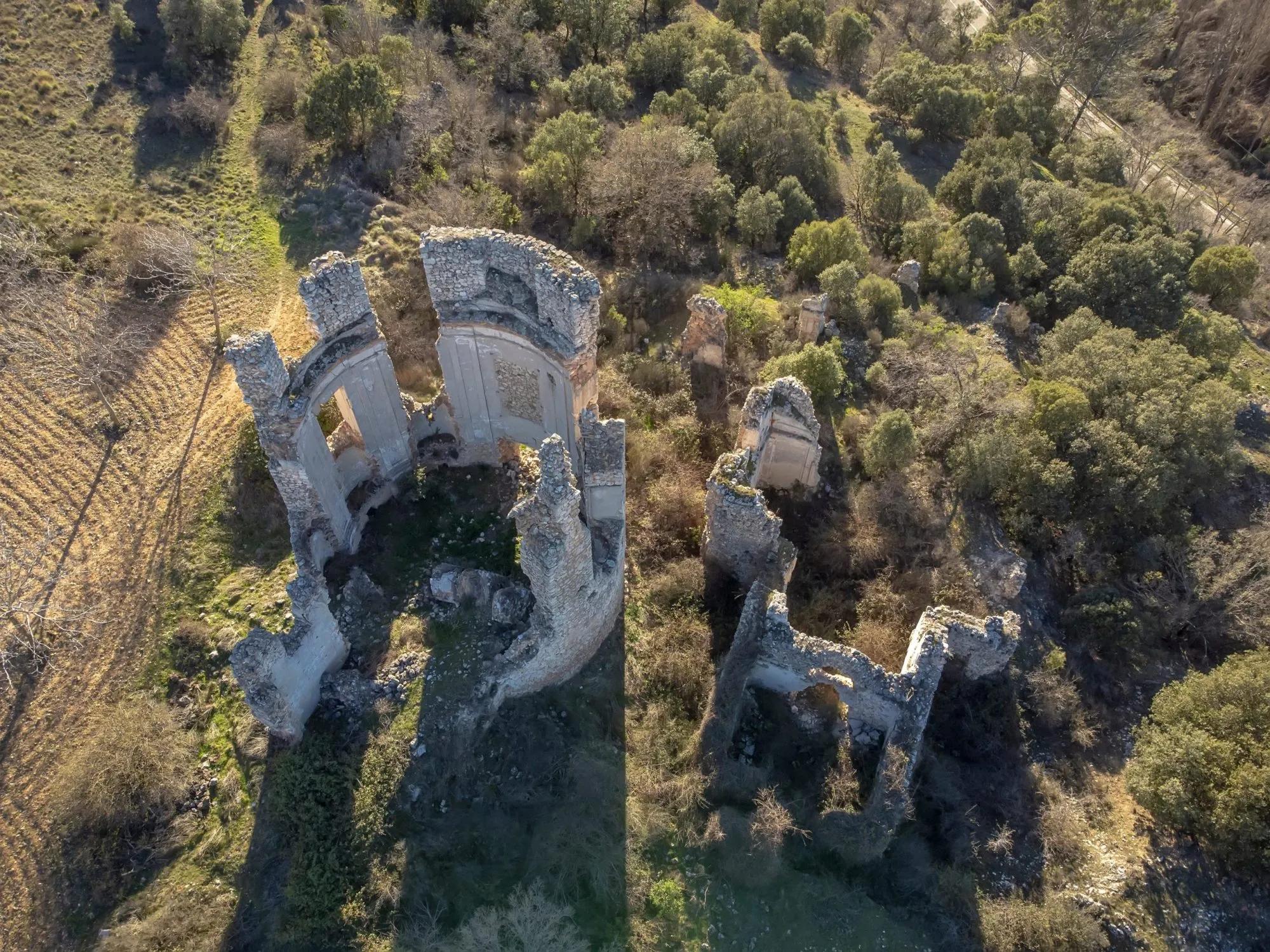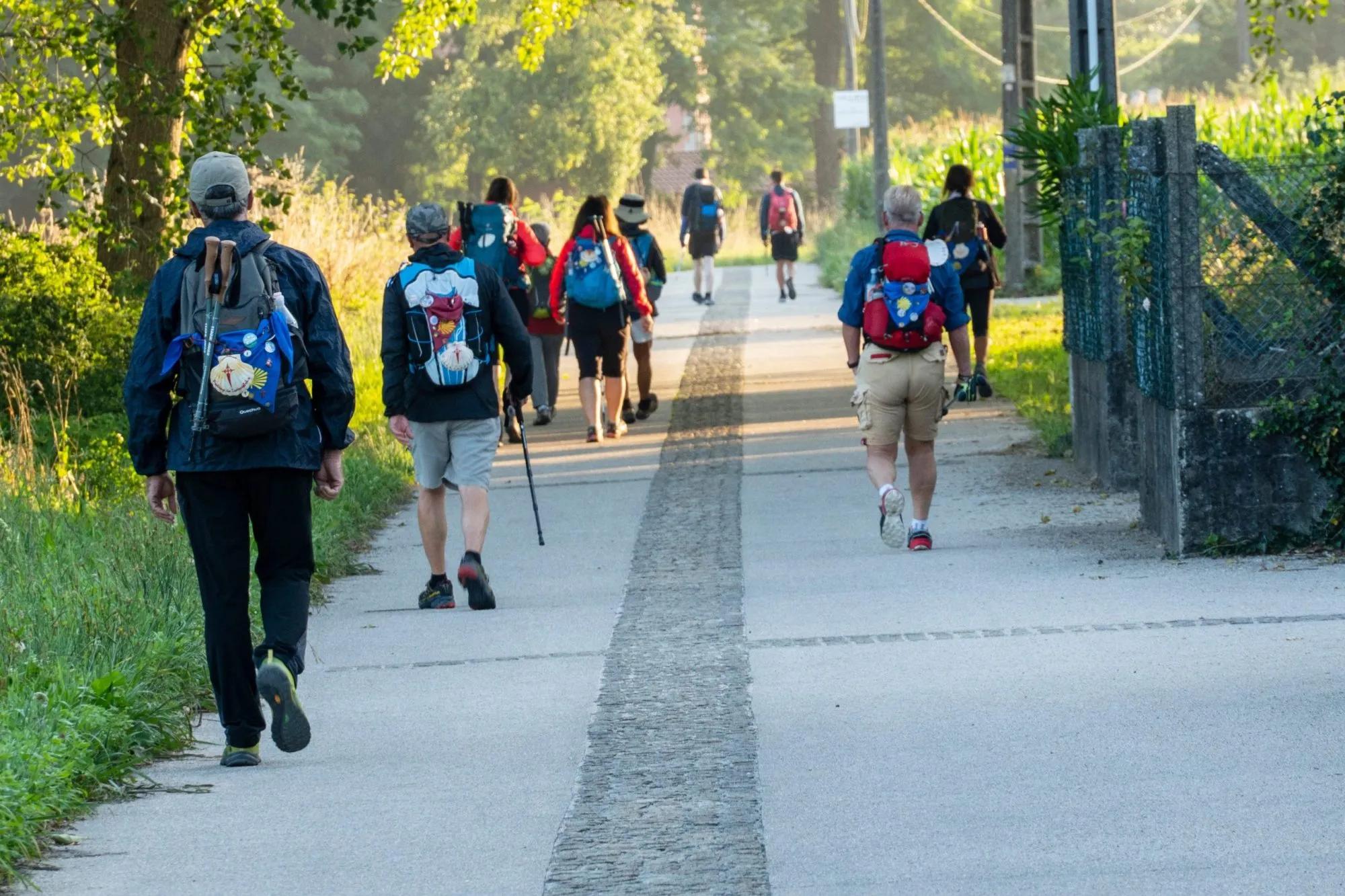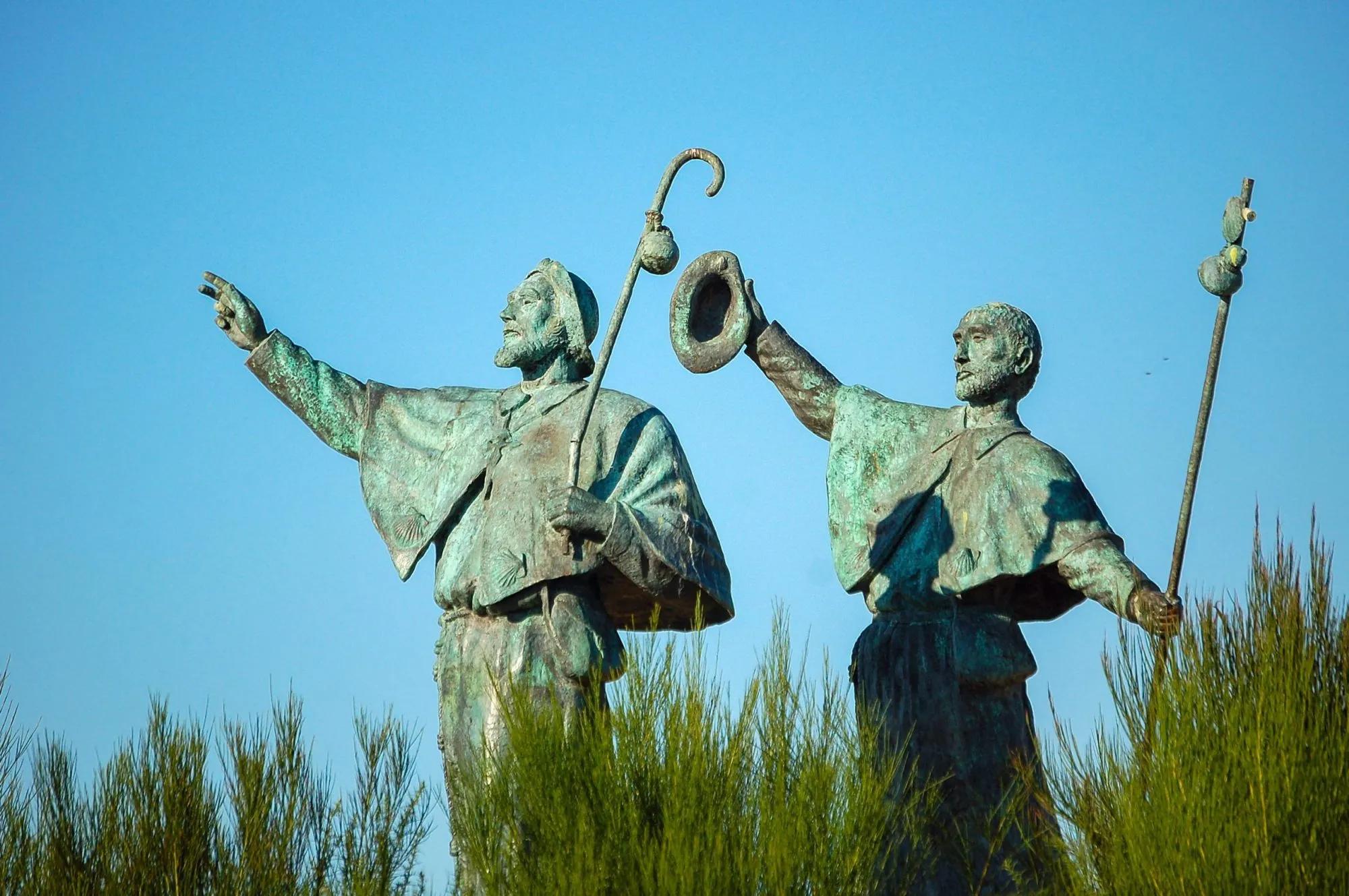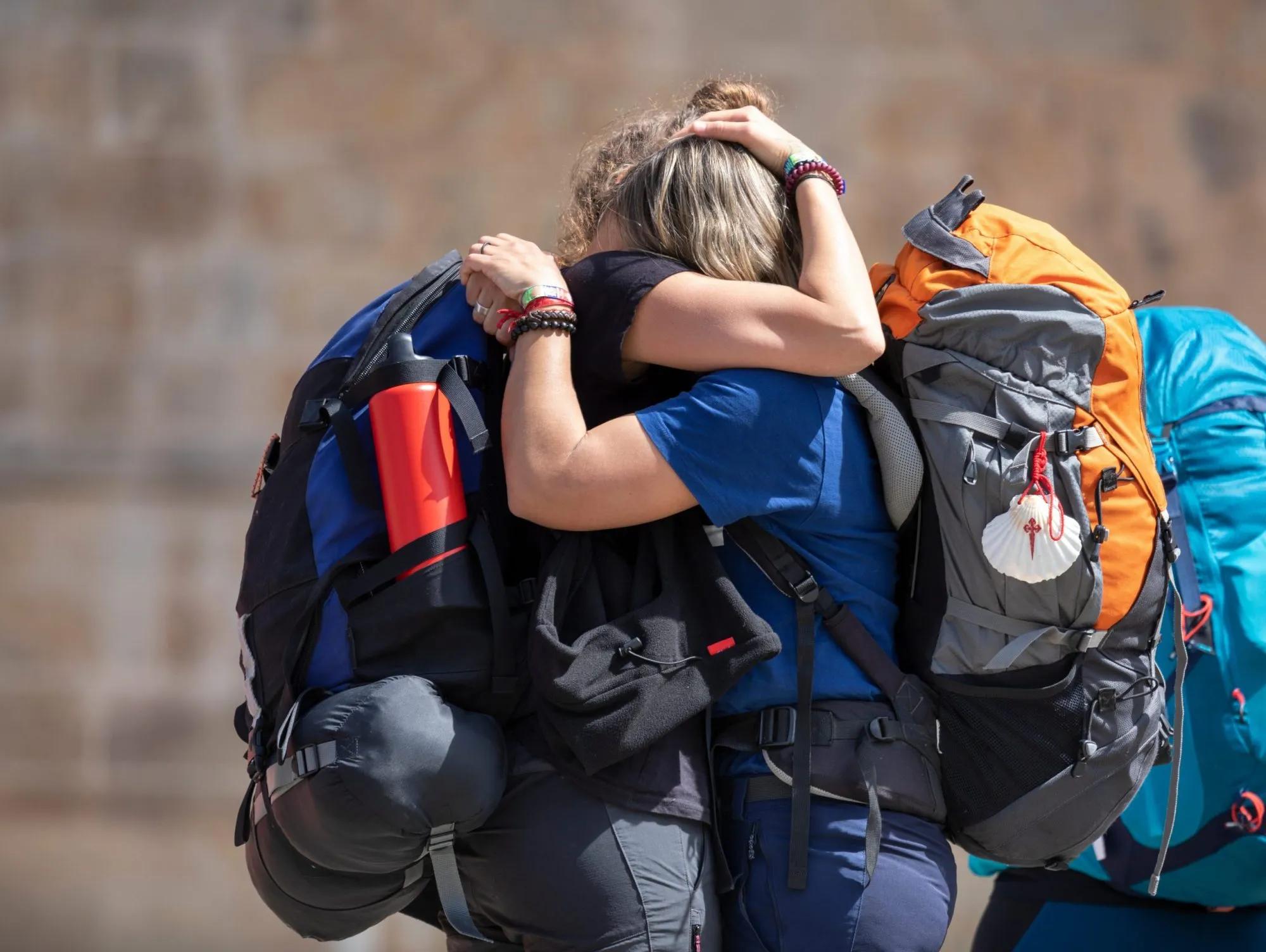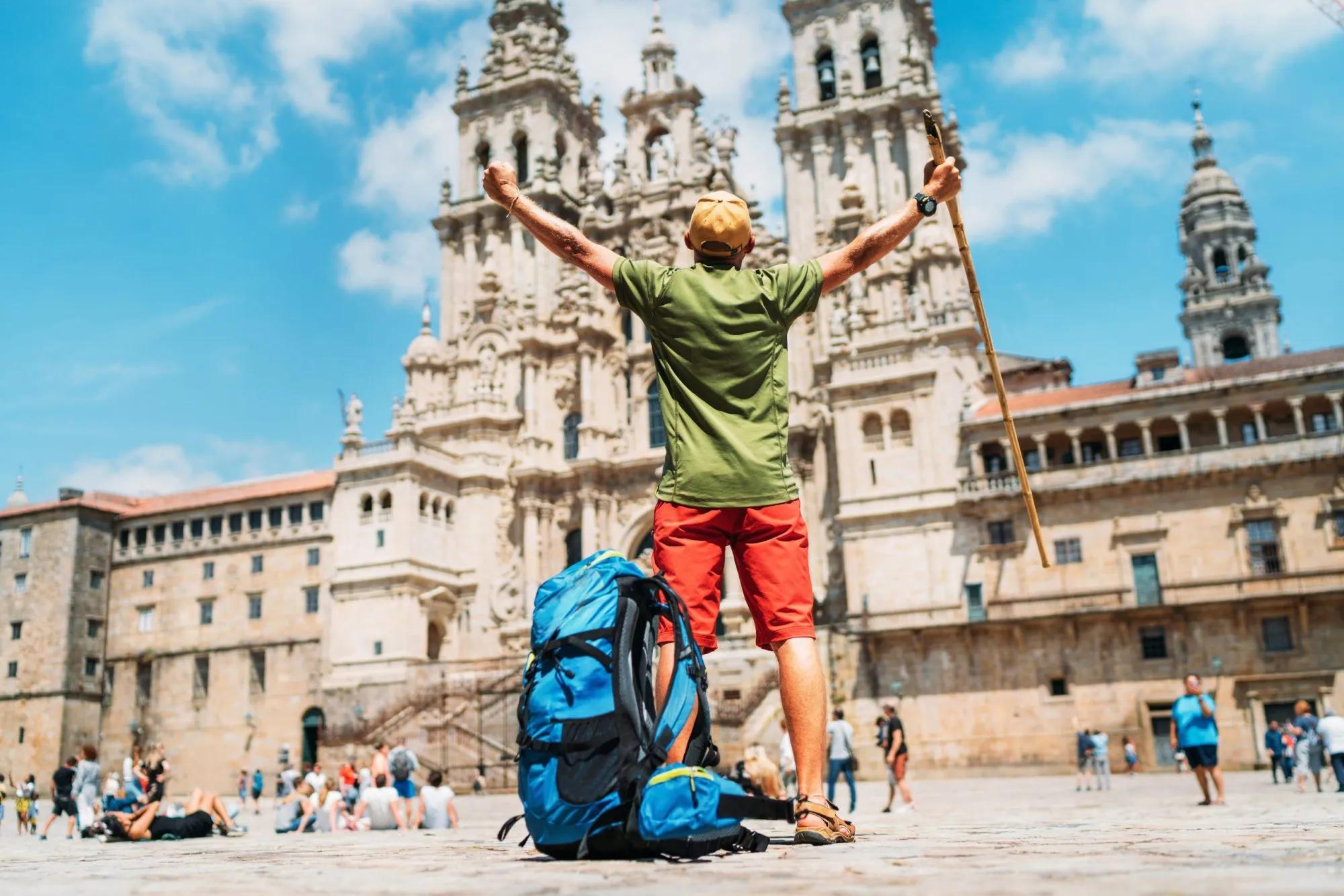
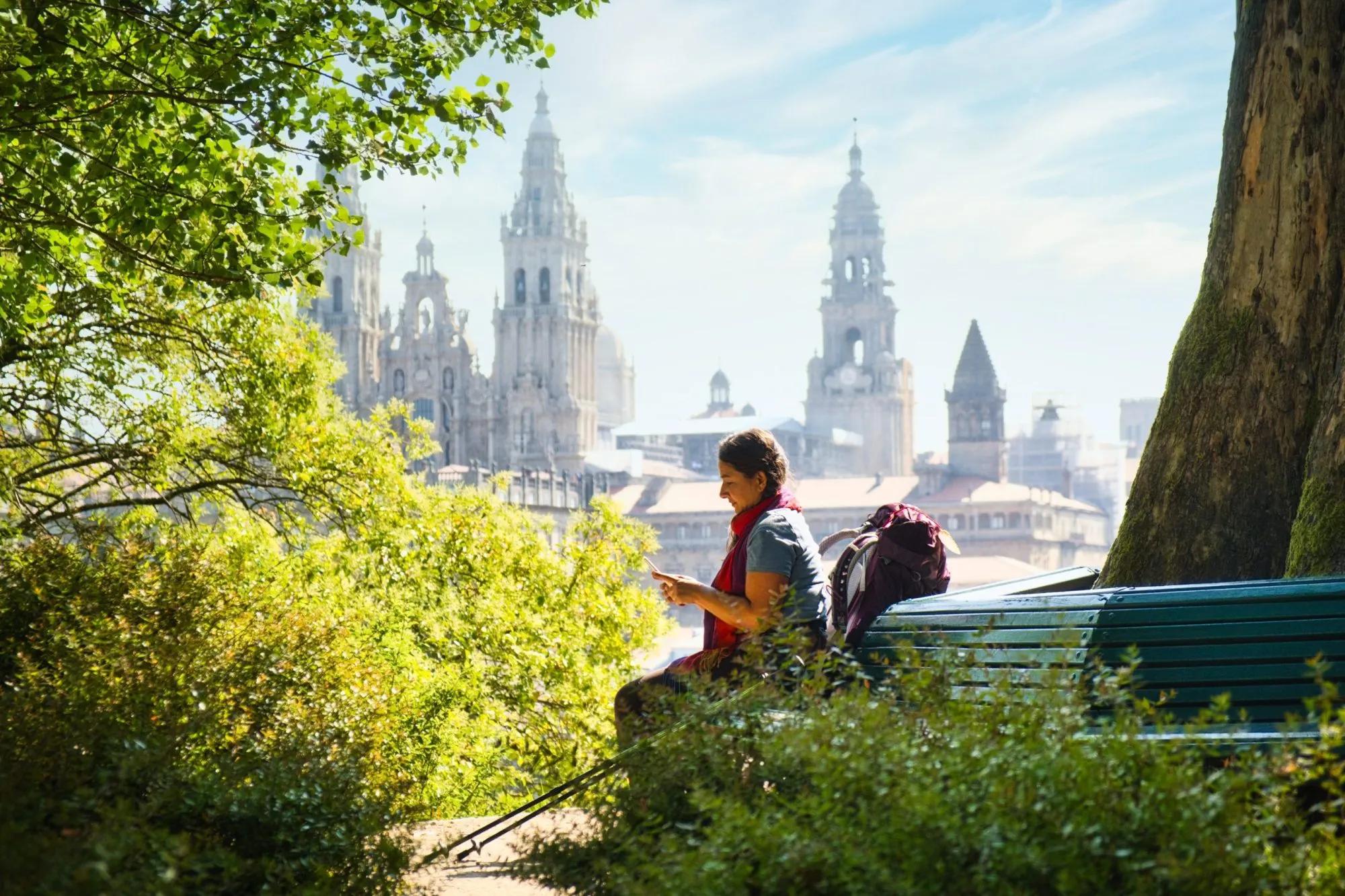





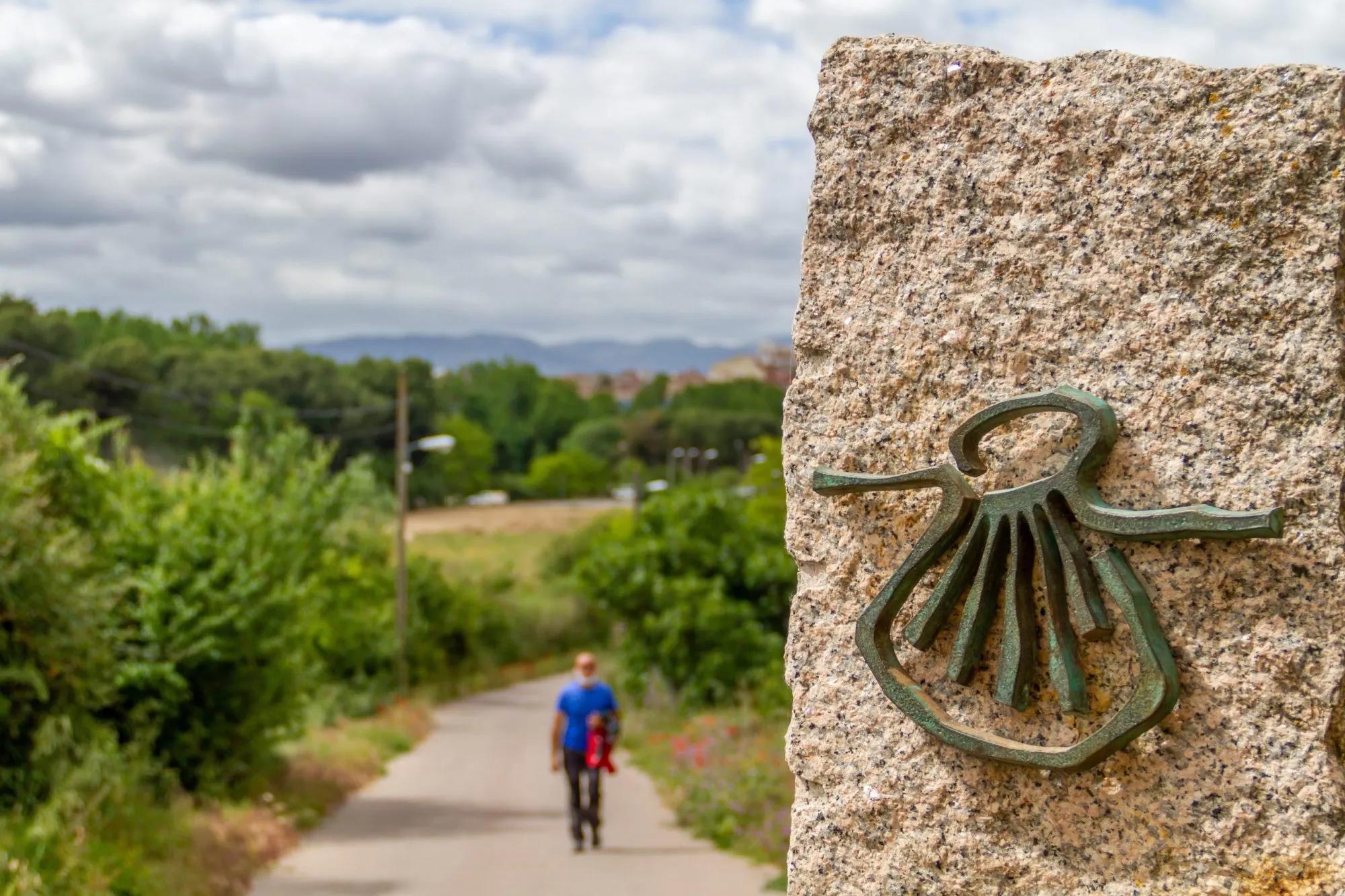
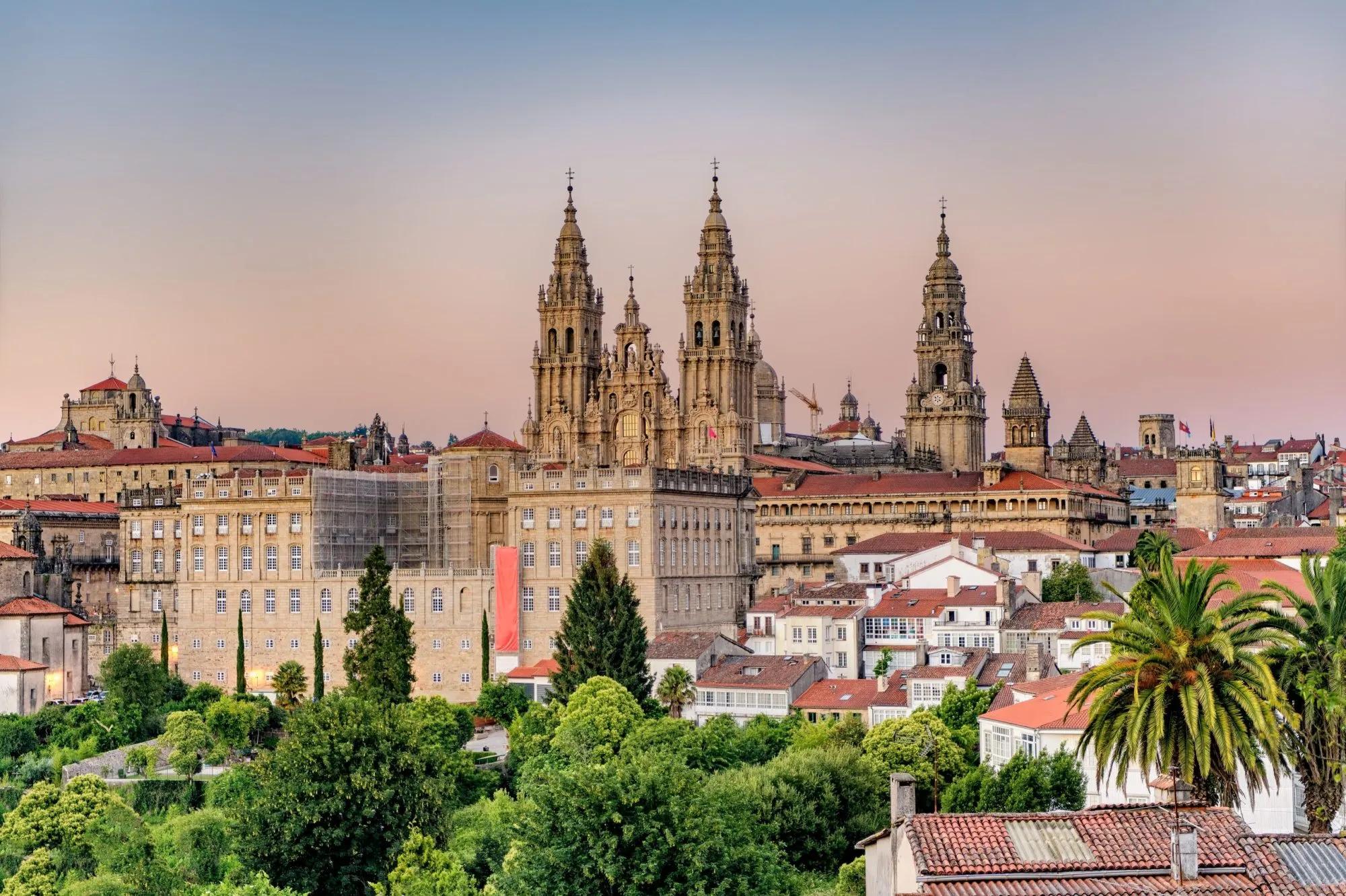



Sarria to Santiago de Compostela
8 days / 7 nights
|
Starting point
Sarria
Finish point
Santiago de Compostela
Season
From April to October
Technical level
1/5
Fitness level
3/5
Tour type
Pilgrimage
Starting point
Sarria
Finish point
Santiago de Compostela
Season
From April to October
Technical level
1/5
Fitness level
3/5
Tour type
Pilgrimage
Highlights
- Experience the heart and essence of Camino Frances in just 100 km
- Absorb the tranquil beauty and culinary treasures of rural Galicia
- Walk the medieval streets of quaint towns like Sarria
- Finish your journey in Santiago de Compostela, a culmination of architectural magnificence and cultural heritage
- Experience the most iconic section of the famous Camino Frances in a week
- Feel the pulse of life in little rural towns in Spain from Portomarin to Rua
Itinerary of the trip
FREE ITINERARY
Get Your Travel Itinerary
Loved the itinerary? Enter your email below, and we'll send a copy straight to your inbox.
What’s included in the price?
Self-guided
NOT INCLUDED
OPTIONAL EXTRAS
What to bring to the tour
- Hiking shoes/boots
- 25 to 35-liter backpack
- Base layer
- Sports T-shirts
- Hiking shorts
- Hiking water-repellent pants
- Waterproof jacket
- Midlayer
- Sports socks and underwear
- Leisurewear for evenings
- Shade hat/cap
- Sunscreen
- Sunglasses
- Hiking poles
- ID card or passport
- Snacks
- Cash
- Water bottles or hydration pack
- Toiletries
Dive into the final 100 km of the Camino Frances, a journey weaving through the verdant heart of Galicia from Sarria to Santiago de Compostela.
This route, perfect for those seeking the essence of the Camino in a shorter timeframe, offers a transformative experience in a smaller package.
This most iconic segment of the pilgrimage path is manageable in a week and brimming with the rich tapestry of Spanish culture, history, and natural beauty.
You'll begin in Sarria, a town alive with the anticipation of countless pilgrims. The path will lead you through the picturesque hamlet of Barbadelo, with its Romanesque church, and pass through Portomarin, a town reborn after its original site was submerged beneath a reservoir.
The path meanders through peaceful woodlands and traditional Galician villages. In Palas de Rei, experience the warmth of rural Spain, while Melide offers a culinary delight, especially its famed octopus dishes. Each step towards Arzua introduces you to landscapes dotted with eucalyptus and the region's renowned cheese.
Your arrival in Monte do Gozo presents the first glimpse of Santiago's spires, a moment of exhilaration and reflection. The journey culminates in Santiago de Compostela, where the majestic Cathedral awaits, a symbol of the pilgrim's perseverance and faith.
To create a seamless and enriching experience, we carefully select comfortable accommodations for restful nights. Daily luggage transfers relieve you of the burden, allowing you to walk freely and our round-the-clock support is always at hand, ensuring peace of mind throughout your journey.
With GPS navigation and a detailed digital guidebook you're equipped with rich insights and useful tips.
Discover the soul of the Camino Frances in this final stretch, where every step is a story and every view a canvas of Spain's splendid heritage.
Start planning today!
The sooner the better - guaranteed availability and best prices if you don't wait for too long.
Frequently Asked Questions
Ratings & Reviews

5.0 average rating

We had a lovely hike today with our guide Klemen. He personalized the tour on our needs and interests, so that we saw places we wouldn't without his experience. The hike was a little bit slippery after the rain from the last days and it went a lot upwards, but it was totally worth it! Thanks again :)


We had a lovely hike today with our guide Klemen. He personalized the tour on our needs and interests, so that we saw places we wouldn't without his experience. The hike was a little bit slippery after the rain from the last days and it went a lot upwards, but it was totally worth it! Thanks again :)


All available guidance options
Self-guided
Are you looking for a good adventure and limitless flexibility? Then you should try out a self-guided tour, perfect for independent explorers who want to set their own pace. Without the need to stick to a group schedule, you’re free to linger at scenic viewpoints while the logistics are taken care of in advance.

HASSLE-FREE
We handle itineraries, accommodations, and anything else you prefer not to deal with, so you can enjoy a carefree hike.
.svg)
TRIED & TESTED ADVENTURES
Only the best of Camino de Santiago, cherry-picked by our local team with an in-depth knowledge of the region.

SELF-GUIDED TRAVEL
Explore independently and with confidence while we keep everything running from behind the scenes.
TRUSTED BY MANY
Since 2014, we have taken care of thousands of happy customers, making it our mission to put your satisfaction first.




